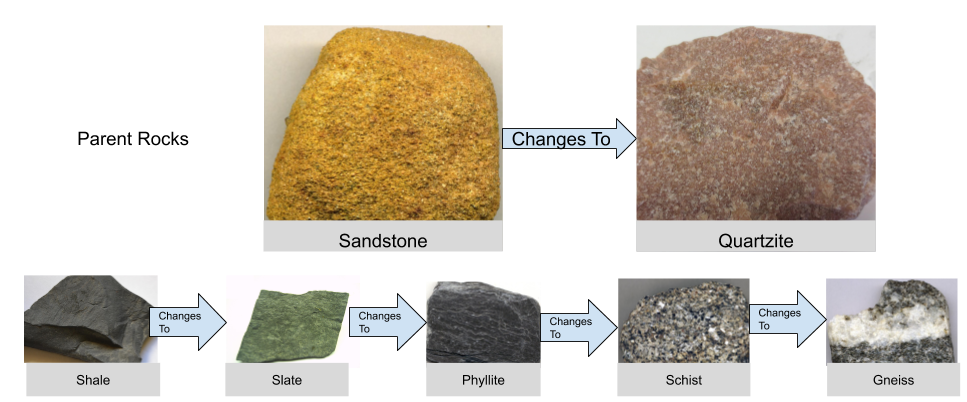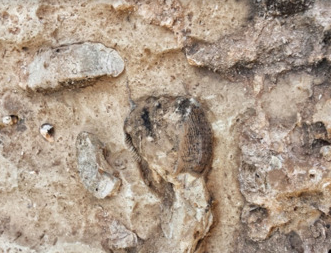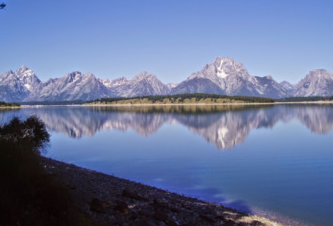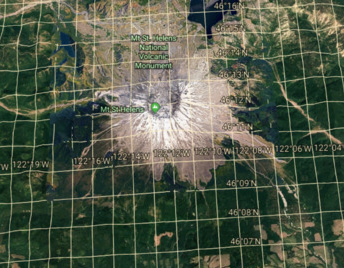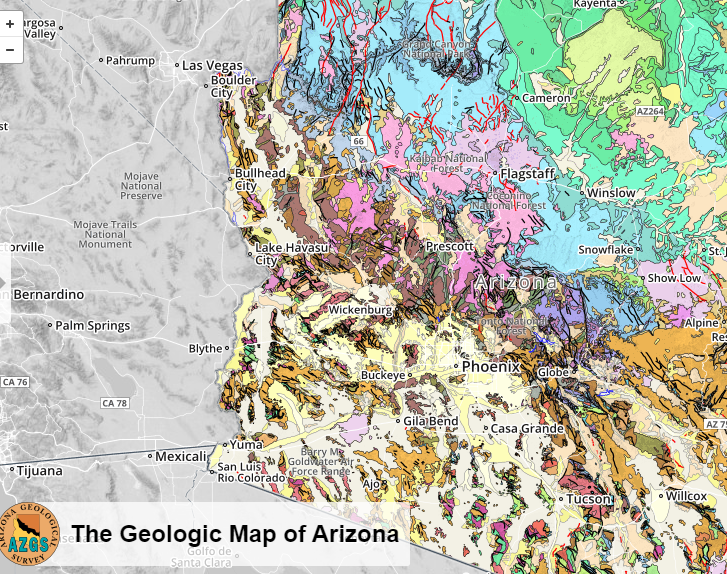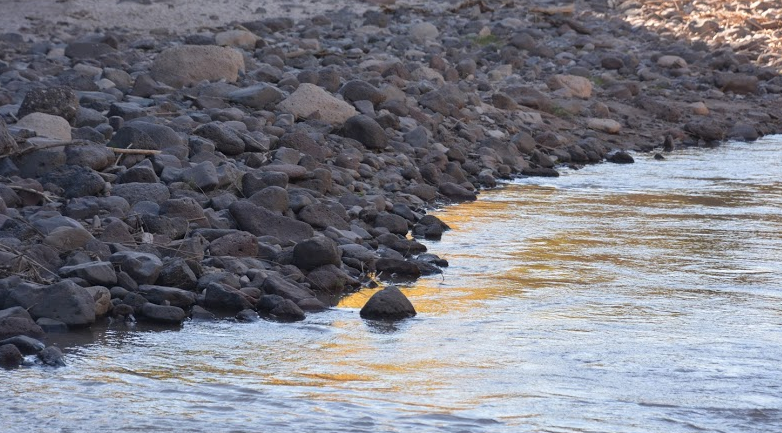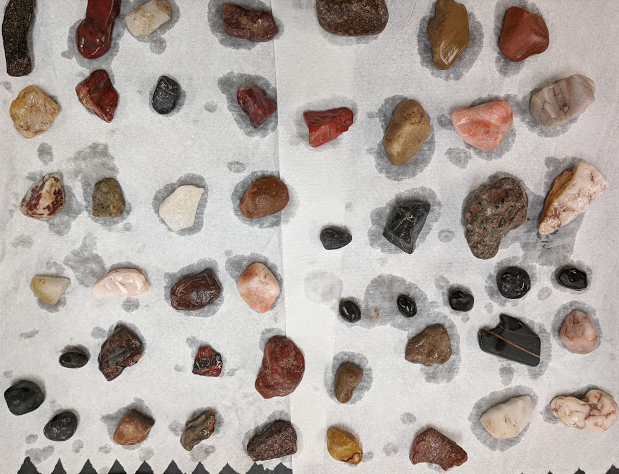Igneous Rock Identification Lab
Image
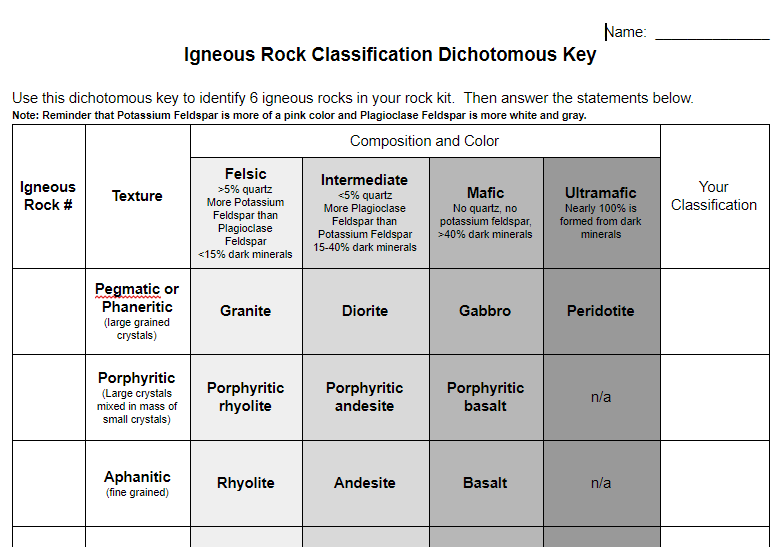
In this lab, students will identify up to 6 igneous rocks. They will practice using a dichotomous key in order to ID their rocks. Students will have a better understanding of igneous rock texture, composition, and color. There are four questions at the end of the lab that will review crystallization, intrusive and extrusive rocks. I give this assignment after our study on igneous rocks, so this is a great assessment activity as well. I have also included my own thoughts and instructions to help you implement this activity in your classroom.

